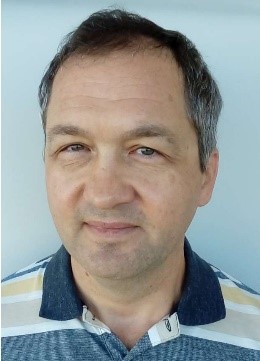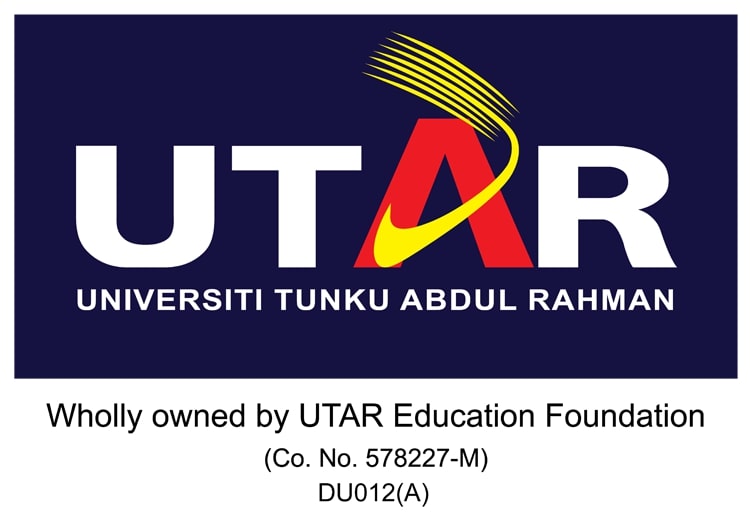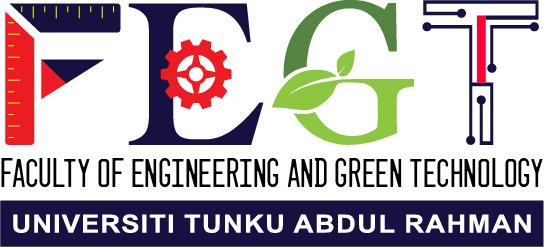Invited Speaker

Dr. Oleksandr Tkach
Researcher, Aveiro Institute of Materials,The University of Aveiro and CICECO, Portugal
Speech Title: Enhanced Performance of Oxide Thermoelectrics by Reduced Graphene Oxide Nanoadditive and Nanostructuring
Abstract: The increasing need for clean and sustainable energy sources to meet the exponentially rising energy demands of the world has compelled researchers and scientists worldwide to look for new power generation strategies. The capture of unused heat in automotive exhaustion, industrial processes and home heating is one possible source of energy that is still unexploited. One of the potential devices to harvest the energy dissipated by heat is a thermoelectric (TE) generator, operating due to an existent gradient of temperature. However, there is still a need of new, low-cost, and environment friendly TE materials based on oxide semiconductors, particularly of n-type [1,2].
Within this context, Nb-doped SrTiO3 with Nb content x of 10 and 15% as well as Sr/(Nb+Ti) ratio of 1.00 and 0.98 was mixed with 0.6 wt.% of graphene oxide (GO) prepared by Hummer-based method and conventionally sintered in atmosphere of H2/N2 to reduce both Nb-doped SrTiO3 and GO. Addition of reduced GO in combination with introduction of Sr vacancies provides a synergistic effect of fastening charge transport and thereby increasing electrical conductivity σ and suppressing the thermal conductivity κ. These factors, together with a moderate Seebeck coefficient S, result in a high power factor PF = S2×σ up to ∼1.98 mW/(K2m) and thermoelectric figure of merit ZT = PF×T/κ up to 0.29 [3].
On another hand, SrTi0.80Nb0.20O3±δ ceramics were prepared from powders milled to an average particle size of 270 and 800 nm and conventionally sintered in air at 1450 °C with further annealing in H2/N2 at 1400 °C. In contrast to coarse particle powders, the use of fine particle powders under these conditions leads to abnormal grain growth and thereby bimodal grain size distribution in SrTi0.80Nb0.20O3±δ ceramics. As a result, a three-fold increase in ZT to 0.36 at 970 K is achieved, thus establishing the record value for Nb-doped ST ceramics [4].
Such findings offer further prospects for seeking high performance SrTiO3-based thermoelectrics by modification with reduced GO, vacancy structural defects and microstructural optimisation.
Keywords: Perovkites, Doping, Vacancies, Reduced graphene oxide, Bimodal grain size distribution, Power factor, Thermoelectric figure of merit
References
[1] A. Tkach, J. Resende, P. Diaz Chao, E. Guilmeau, M. E. Costa and P. M. Vilarinho, “Enhancement of thermoelectric performance in SrTiO3-based ceramics by processing conditions,” in Strontium Titanate: Synthesis, Properties and Uses, A. Tkach and P. M. Vilarinho, Eds. New York: Nova Science Publishers, 2019, pp. 297-322.
[2] O. Okhay, A. Tkach, C 7, 37 (2021).
[3] O. Okhay, S. Zlotnik, W. Xie, et al., Carbon 143, 215 (2019).
[4] A. Tkach, J. Resende, K. V. Saravanan, et al., ACS Sustain. Chem. Eng. 6, 15988 (2018).
Biography: Dr. Oleksandr Tkach is a researcher of the University of Aveiro and CICECO – Aveiro Institute of Materials, Portugal. He graduated in Microelectronics and Semiconductor Devices by the National Technical University of Ukraine “Kyiv Polytechnic Institute” in 1999. In 2005 he got Ph.D. in Materials Science and Engineering from the University of Aveiro, Portugal. Present research interests of Dr. Tkach include the development of thermoelectric and piezoelecric oxide materials and composites for energy harvesting technologies; giant permittivity dielectric oxides for energy storage; nanostructured magnetoelectrics for sensor and electronic applications; and alternative energy efficient concepts for current assisted ceramic sintering. Dr. Tkach publication profile contains 1 edited book, 6 book chapters and 96 articles published in journals, including high impact factor Nature Physics, Adv. Funct. Mater., Carbon, Chem. Mater. and J. Mater. Sci. Technol., with h-index of 24 to date.


